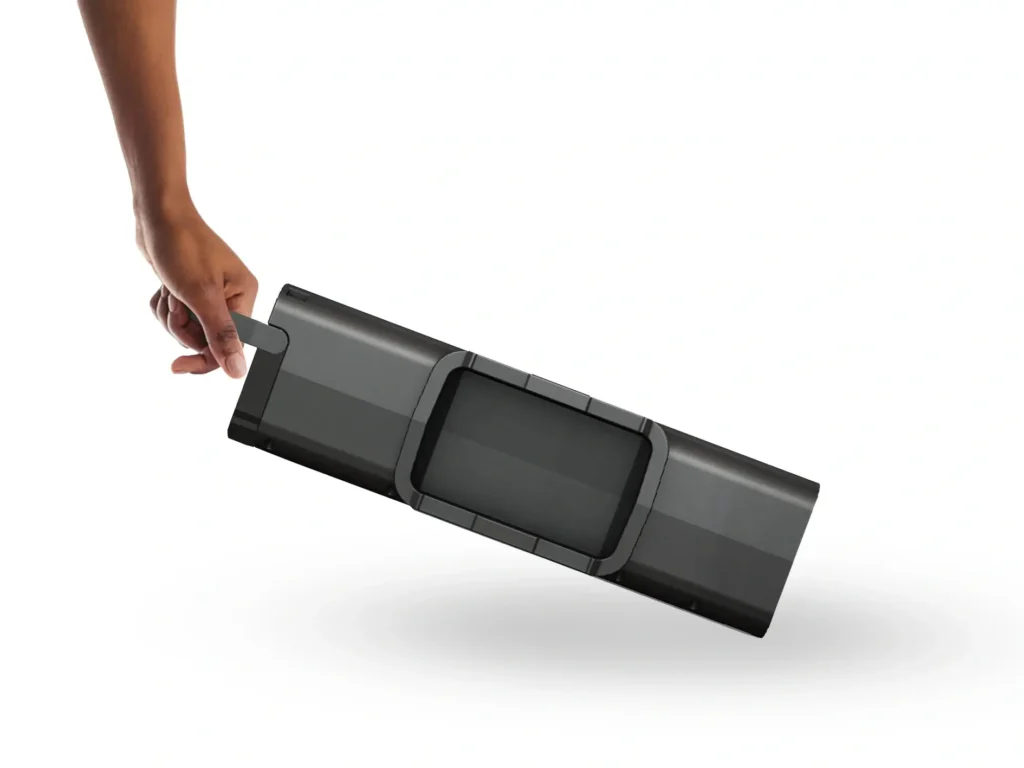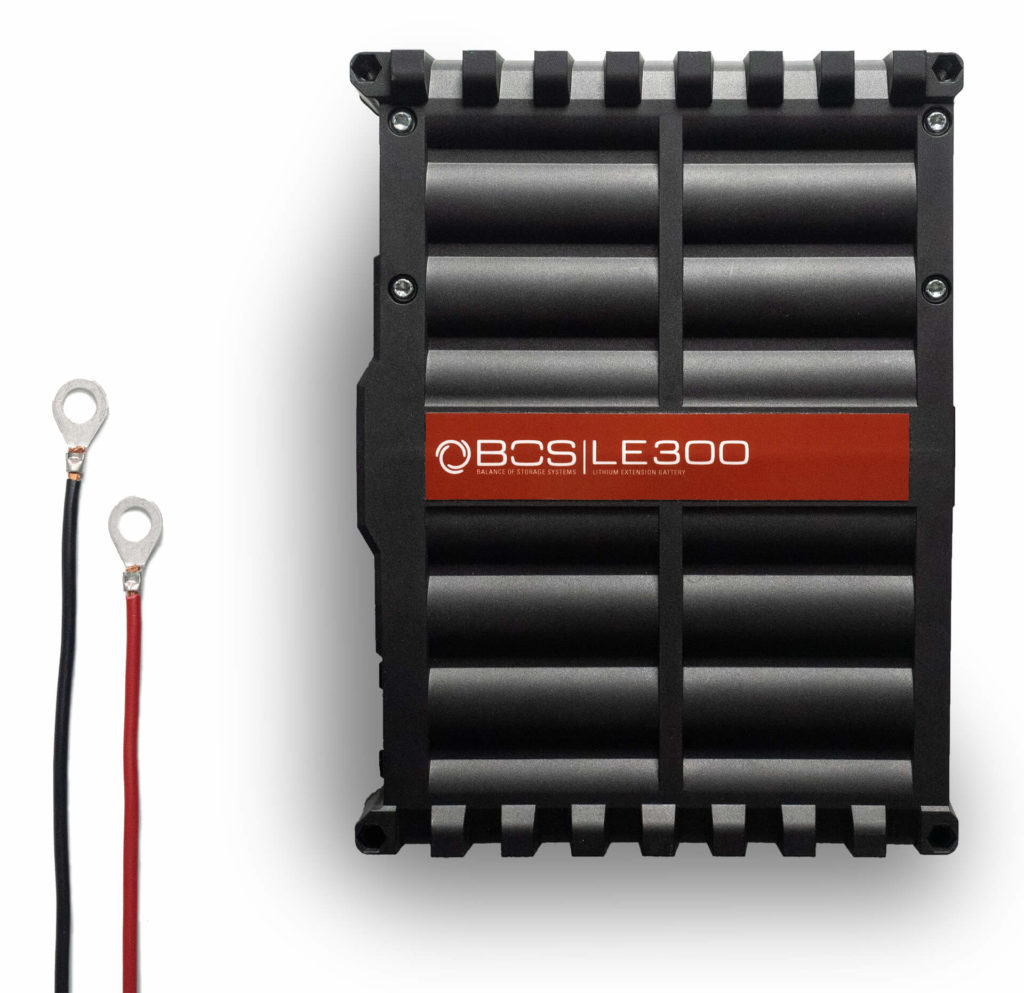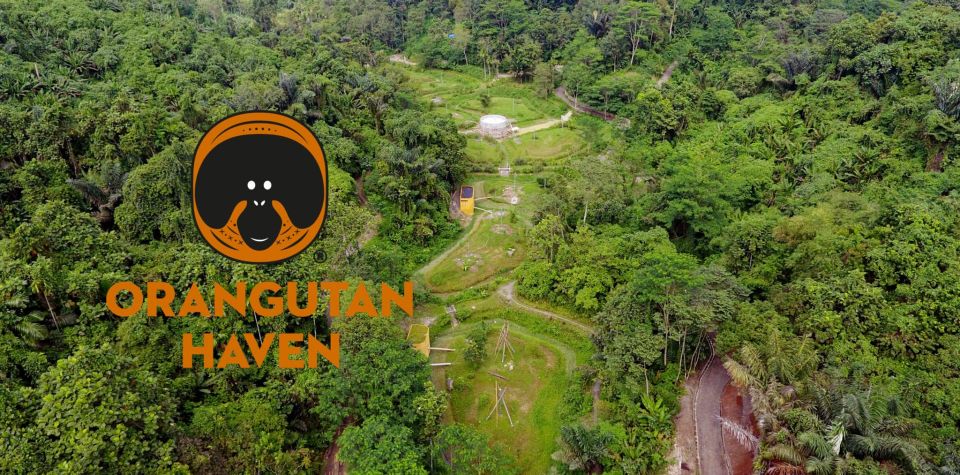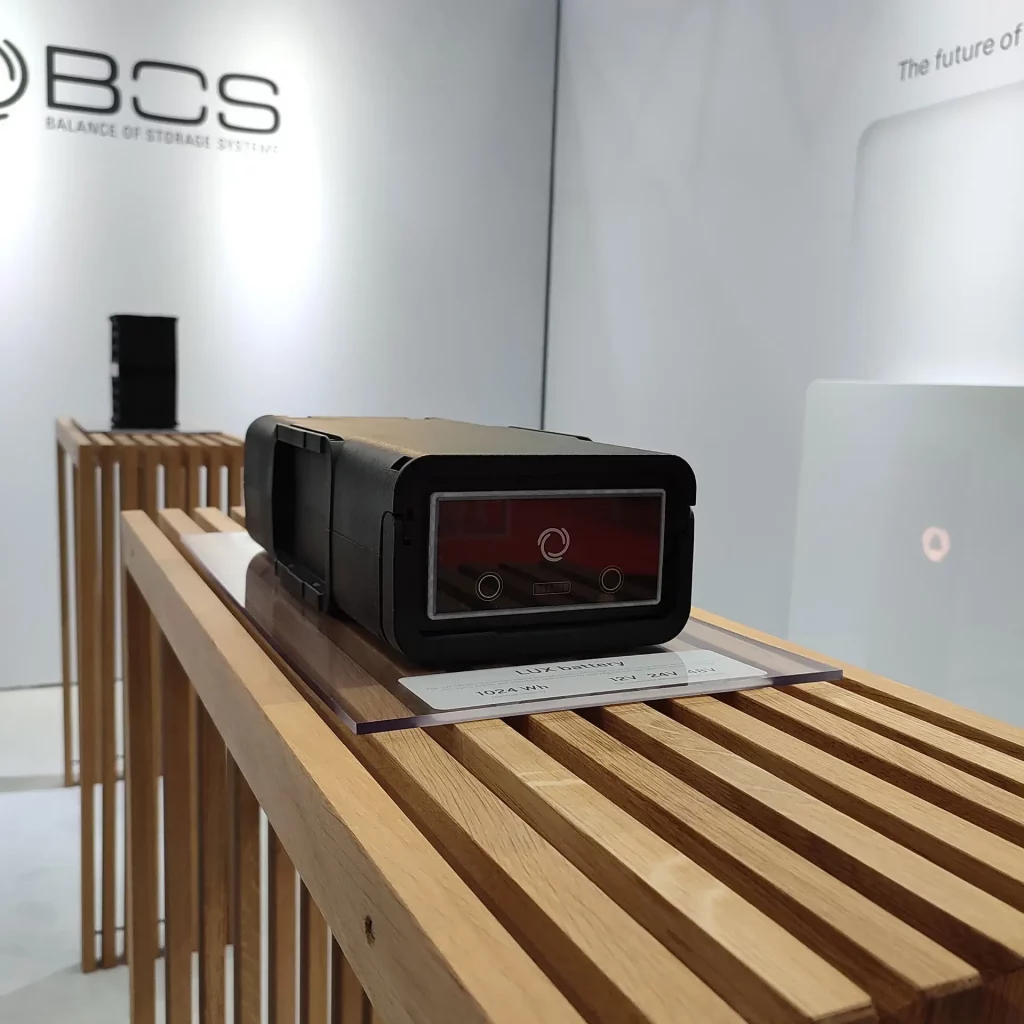Kenti Island
A hybrid solution for Kenti Island
The use of diesel generators was increasing everyday, as lead acid batteries could not meet the growing energy demands of the island. What to do when you have a working lead acid battery system and need to scale up the capacity?
Around 2,500 people call Kenti island their home. Their major sources of income are fishing, rubber plantations, farming, shops, small workshops for tasks such as welding, grinding, minor repairs to boats, and a rice mill. To meet the energy demand of the island, a solar minigrid with lead acid batteries was installed in 2017. Everything went well until 2018, when the capacity of the batteries was not enough to meet the growing demand of the villagers. Project developers had to run diesel generators to fill the supply gap. Those generators cost more money and polluted the air, not to mention the loud noise. BOS proposed a lithium retrofit to the same lead acid system, so a lithium system was basically installed on top of the old lead acid system. This meant that the project did not need an expensive battery replacement. Thanks to this project, fishermen are now able to store their catch in cold storage, students are able to study in the evening and the whole village is full of activities.
Lack of energy access is a fundamental barrier to socioeconomic development
It is incredible how the power has changed the lives of these island people. With the many activities going on around the island, it seems like the village comes to life after sunset. Access to energy is truly the heart of development.
Tanintharyi,
Myanmar
2019
Hybrid | Mini grid
111 kWp of solar PV
81 kVA of Inverter Power
60 kWh installed lithium capacity
288 kWh installed lead acid capacity




